1997 MERCEDES-BENZ ML430 torque
[x] Cancel search: torquePage 1358 of 4133
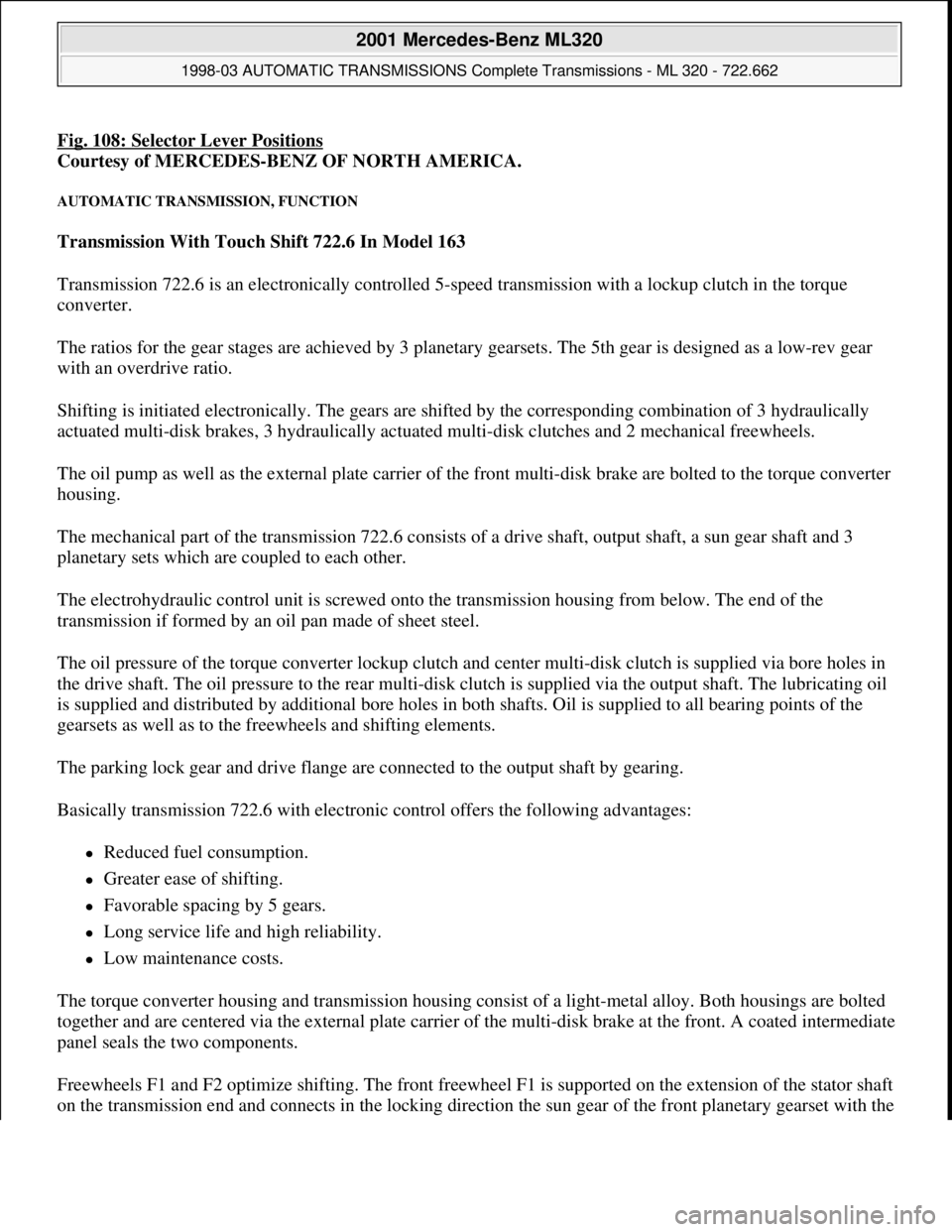
Fig. 108: Selector Lever Positions
Courtesy of MERCEDES-BENZ OF NORTH AMERICA.
AUTOMATIC TRANSMISSION, FUNCTION
Transmission With Touch Shift 722.6 In Model 163
Transmission 722.6 is an electronically controlled 5-speed transmission with a lockup clutch in the torque
converter.
The ratios for the gear stages are achieved by 3 planetary gearsets. The 5th gear is designed as a low-rev gear
with an overdrive ratio.
Shifting is initiated electronically. The gears are shifted by the corresponding combination of 3 hydraulically
actuated multi-disk brakes, 3 hydraulically actuated multi-disk clutches and 2 mechanical freewheels.
The oil pump as well as the external plate carrier of the front multi-disk brake are bolted to the torque converter
housing.
The mechanical part of the transmission 722.6 consists of a drive shaft, output shaft, a sun gear shaft and 3
planetary sets which are coupled to each other.
The electrohydraulic control unit is screwed onto the transmission housing from below. The end of the
transmission if formed by an oil pan made of sheet steel.
The oil pressure of the torque converter lockup clutch and center multi-disk clutch is supplied via bore holes in
the drive shaft. The oil pressure to the rear multi-disk clutch is supplied via the output shaft. The lubricating oil
is supplied and distributed by additional bore holes in both shafts. Oil is supplied to all bearing points of the
gearsets as well as to the freewheels and shifting elements.
The parking lock gear and drive flange are connected to the output shaft by gearing.
Basically transmission 722.6 with electronic control offers the following advantages:
Reduced fuel consumption.
Greater ease of shifting.
Favorable spacing by 5 gears.
Long service life and high reliability.
Low maintenance costs.
The torque converter housing and transmission housing consist of a light-metal alloy. Both housings are bolted
together and are centered via the external plate carrier of the multi-disk brake at the front. A coated intermediate
panel seals the two components.
Freewheels F1 and F2 optimize shifting. The front freewheel F1 is supported on the extension of the stator shaft
on the transmission end and connects in the lockin
g direction the sun gear of the front planetary gearset with the
2001 Mercedes-Benz ML320
1998-03 AUTOMATIC TRANSMISSIONS Complete Transmissions - ML 320 - 722.662
me
Saturday, October 02, 2010 3:15:28 PMPage 189 © 2006 Mitchell Repair Information Company, LLC.
Page 1370 of 4133

Operation
The term power transmission refers to the transmission of propulsion power and engine torques. Via the
mechanical/hydraulic connection between the engine, torque converter and the downstream automatic
transmission the engine torques are transmitted to the driving wheels and are converted in the transmission via
several planetary gear sets.
Power is transferred in the torque converter via the driven impeller by diverting hydraulic fluid to the turbine
wheel, which is connected to the input shaft. See Fig. 117
.
When the torque converter lockup clutch is engaged, power is transmitted via this mechanical connection. Via
the gear wheels of the individual planetary gear sets the torques coming from the converter are passed on to the
output shaft with the aid of freewheels, multi-disk clutches and brakes, depending on the ratio and shift element
operated.
A reduction of the output speed in the low gears provides lower vehicle speeds with high tractive forces and
drive torques at the drive wheels.
Power Flow In 1st Gear, Function
See POWER FLOW IN 1ST GEAR, FUNCTION
.
Power Flow In 2nd Gear, Function
See POWER FLOW IN 2ND GEAR FUNCTION
.
Power Flow In 3rd Gear, Function
See POWER FLOW IN 3RD GEAR FUNCTION
.
Power Flow In 4th Gear, Function
See POWER FLOW IN 4TH GEAR FUNCTION
.
Power Flow In 5th Gear, Function
See POWER FLOW IN 5TH GEAR FUNCTION
.
Power Flow In Reverse, Function
See POWER FLOW IN REVERSE, FUNCTION
.
Function Of Torque Converter Lock-Up Clutch Control
See FUNCTION OF TORQUE CONVERTER LOCKUP CLUTCH CONTROL
.
Power Flow In 1st Gear, Function
2001 Mercedes-Benz ML320
1998-03 AUTOMATIC TRANSMISSIONS Complete Transmissions - ML 320 - 722.662
me
Saturday, October 02, 2010 3:15:28 PMPage 201 © 2006 Mitchell Repair Information Company, LLC.
Page 1371 of 4133
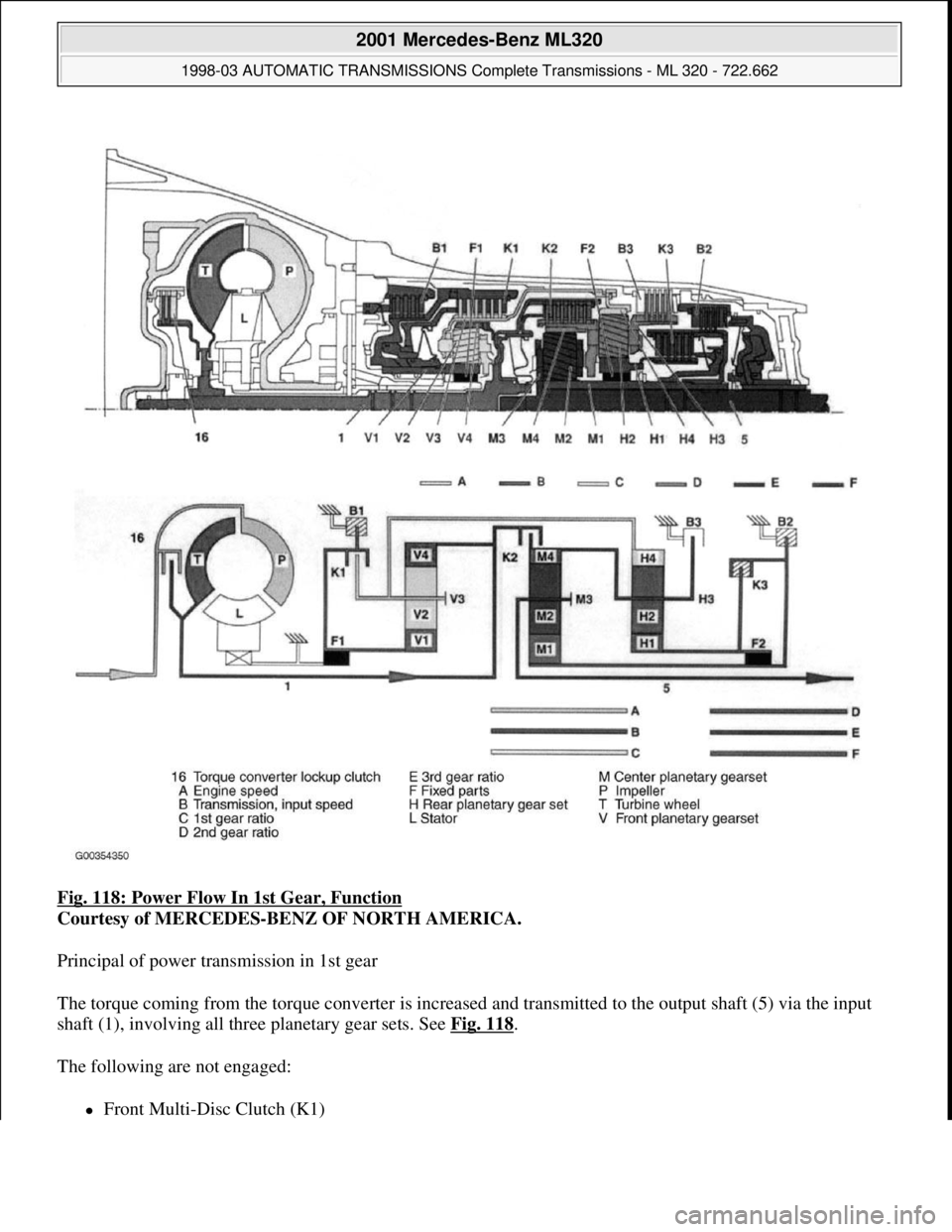
Fig. 118: Power Flow In 1st Gear, Function
Courtesy of MERCEDES-BENZ OF NORTH AMERICA.
Principal of power transmission in 1st gear
The torque coming from the torque converter is increased and transmitted to the output shaft (5) via the input
shaft (1), involving all three planetary gear sets. See Fig. 118
.
The following are not engaged:
Front Multi-Disc Clutch (K1)
2001 Mercedes-Benz ML320
1998-03 AUTOMATIC TRANSMISSIONS Complete Transmissions - ML 320 - 722.662
me
Saturday, October 02, 2010 3:15:28 PMPage 202 © 2006 Mitchell Repair Information Company, LLC.
Page 1372 of 4133
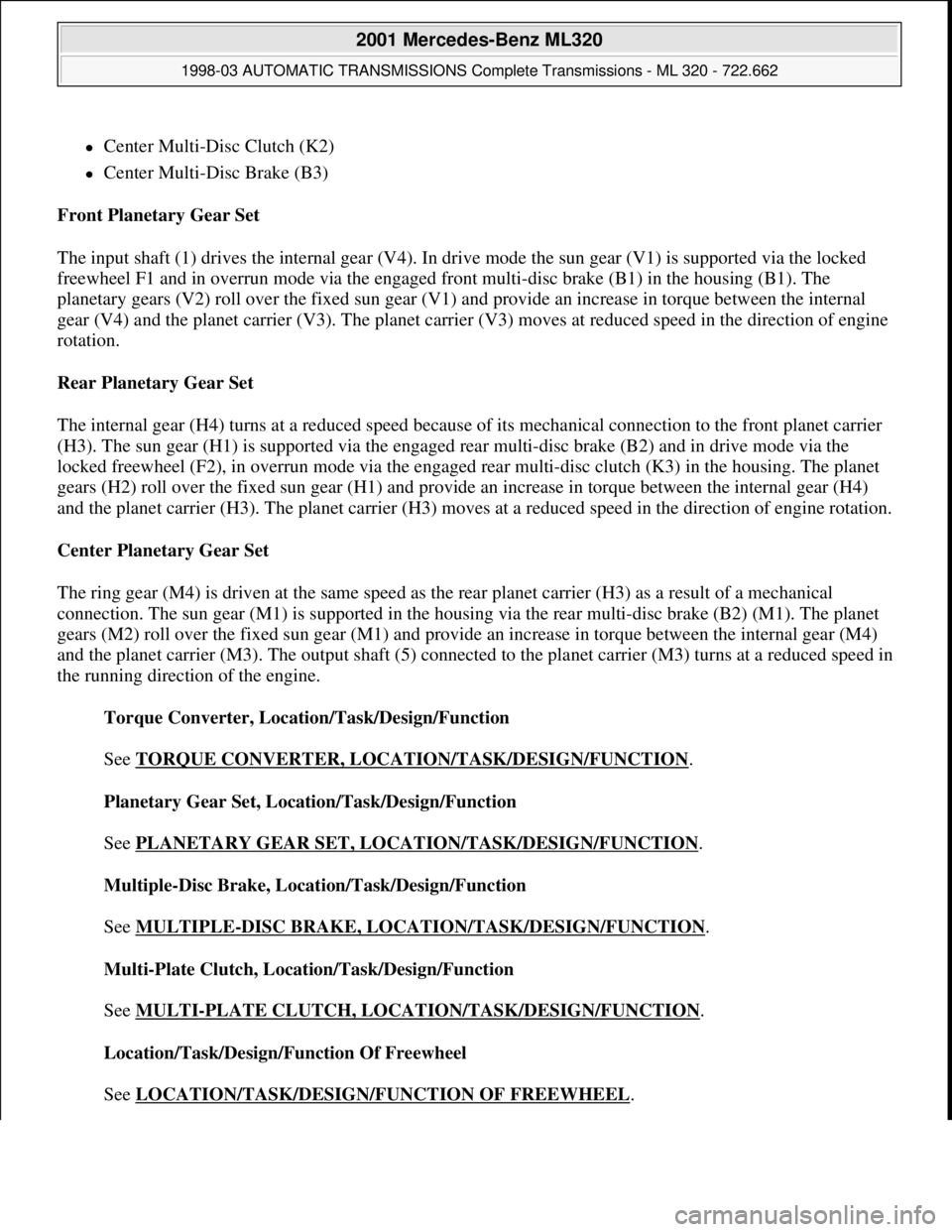
Center Multi-Disc Clutch (K2)
Center Multi-Disc Brake (B3)
Front Planetary Gear Set
The input shaft (1) drives the internal gear (V4). In drive mode the sun gear (V1) is supported via the locked
freewheel F1 and in overrun mode via the engaged front multi-disc brake (B1) in the housing (B1). The
planetary gears (V2) roll over the fixed sun gear (V1) and provide an increase in torque between the internal
gear (V4) and the planet carrier (V3). The planet carrier (V3) moves at reduced speed in the direction of engine
rotation.
Rear Planetary Gear Set
The internal gear (H4) turns at a reduced speed because of its mechanical connection to the front planet carrier
(H3). The sun gear (H1) is supported via the engaged rear multi-disc brake (B2) and in drive mode via the
locked freewheel (F2), in overrun mode via the engaged rear multi-disc clutch (K3) in the housing. The planet
gears (H2) roll over the fixed sun gear (H1) and provide an increase in torque between the internal gear (H4)
and the planet carrier (H3). The planet carrier (H3) moves at a reduced speed in the direction of engine rotation.
Center Planetary Gear Set
The ring gear (M4) is driven at the same speed as the rear planet carrier (H3) as a result of a mechanical
connection. The sun gear (M1) is supported in the housing via the rear multi-disc brake (B2) (M1). The planet
gears (M2) roll over the fixed sun gear (M1) and provide an increase in torque between the internal gear (M4)
and the planet carrier (M3). The output shaft (5) connected to the planet carrier (M3) turns at a reduced speed in
the running direction of the engine.
Torque Converter, Location/Task/Design/Function
See TORQUE CONVERTER, LOCATION/TASK/DESIGN/FUNCTION
.
Planetary Gear Set, Location/Task/Design/Function
See PLANETARY GEAR SET, LOCATION/TASK/DESIGN/FUNCTION
.
Multiple-Disc Brake, Location/Task/Design/Function
See MULTIPLE
-DISC BRAKE, LOCATION/TASK/DESIGN/FUNCTION.
Multi-Plate Clutch, Location/Task/Design/Function
See MULTI
-PLATE CLUTCH, LOCATION/TASK/DESIGN/FUNCTION.
Location/Task/Design/Function Of Freewheel
See LOCATION/TASK/DESIGN/FUNCTION OF FREEWHEEL
.
2001 Mercedes-Benz ML320
1998-03 AUTOMATIC TRANSMISSIONS Complete Transmissions - ML 320 - 722.662
me
Saturday, October 02, 2010 3:15:28 PMPage 203 © 2006 Mitchell Repair Information Company, LLC.
Page 1376 of 4133
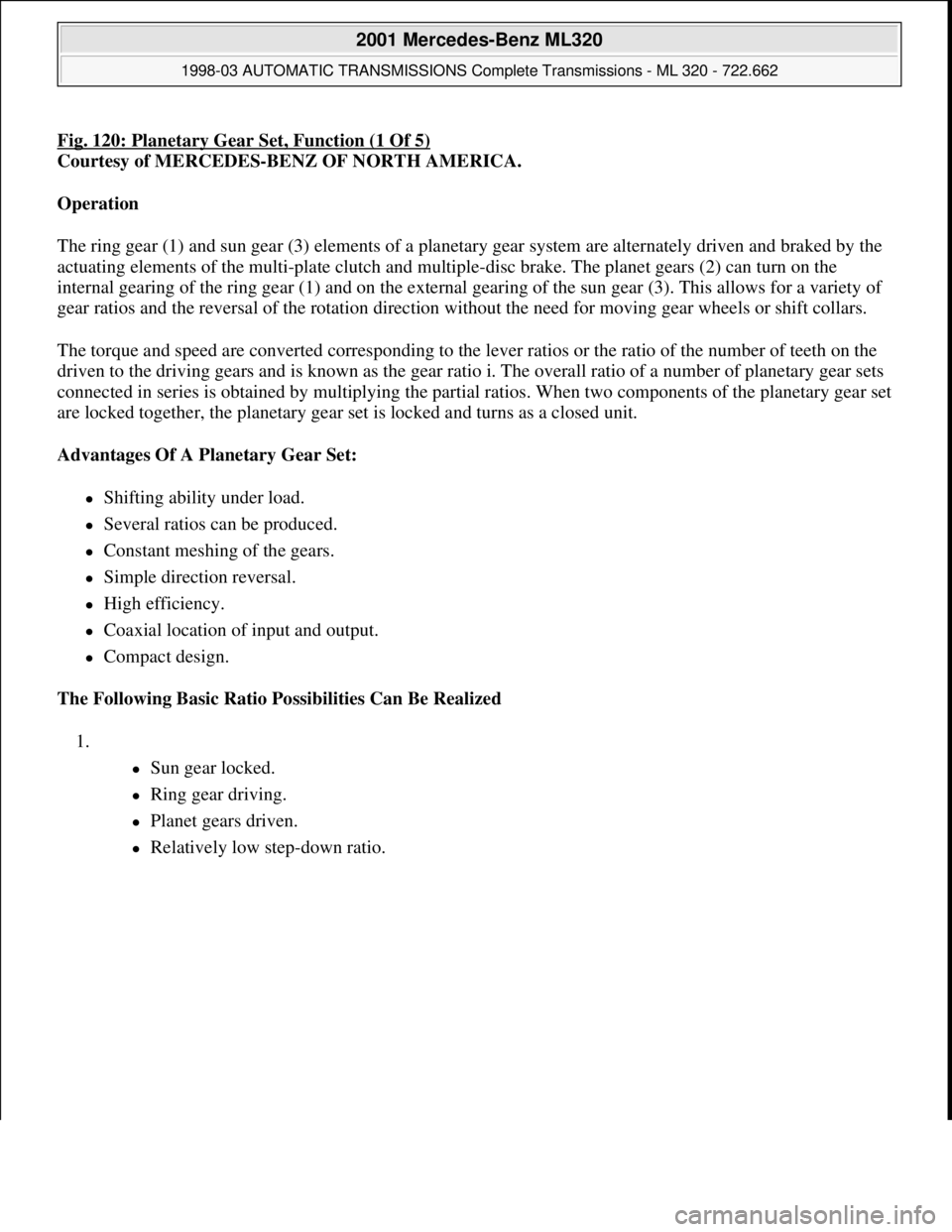
Fig. 120: Planetary Gear Set, Function (1 Of 5)
Courtesy of MERCEDES-BENZ OF NORTH AMERICA.
Operation
The ring gear (1) and sun gear (3) elements of a planetary gear system are alternately driven and braked by the
actuating elements of the multi-plate clutch and multiple-disc brake. The planet gears (2) can turn on the
internal gearing of the ring gear (1) and on the external gearing of the sun gear (3). This allows for a variety of
gear ratios and the reversal of the rotation direction without the need for moving gear wheels or shift collars.
The torque and speed are converted corresponding to the lever ratios or the ratio of the number of teeth on the
driven to the driving gears and is known as the gear ratio i. The overall ratio of a number of planetary gear sets
connected in series is obtained by multiplying the partial ratios. When two components of the planetary gear set
are locked together, the planetary gear set is locked and turns as a closed unit.
Advantages Of A Planetary Gear Set:
Shifting ability under load.
Several ratios can be produced.
Constant meshing of the gears.
Simple direction reversal.
High efficiency.
Coaxial location of input and output.
Compact design.
The Following Basic Ratio Possibilities Can Be Realized
1.
Sun gear locked.
Ring gear driving.
Planet gears driven.
Relatively low step-down ratio.
2001 Mercedes-Benz ML320
1998-03 AUTOMATIC TRANSMISSIONS Complete Transmissions - ML 320 - 722.662
me
Saturday, October 02, 2010 3:15:28 PMPage 207 © 2006 Mitchell Repair Information Company, LLC.
Page 1383 of 4133

Fig. 125: Power Flow In 2nd Gear Function
Courtesy of MERCEDES-BENZ OF NORTH AMERICA.
Principals of power transmission in 2nd gear
Torque from the torque converter is increased via the propeller shaft (1) and the center and rear planetary
gearsets and transferred to the output shaft (5). See Fig. 125
.
The following are not engaged:
Front Multi-Disc Brake (B1)
Center Multi-Disc Brake (B3)
2001 Mercedes-Benz ML320
1998-03 AUTOMATIC TRANSMISSIONS Complete Transmissions - ML 320 - 722.662
me
Saturday, October 02, 2010 3:15:28 PMPage 214 © 2006 Mitchell Repair Information Company, LLC.
Page 1384 of 4133
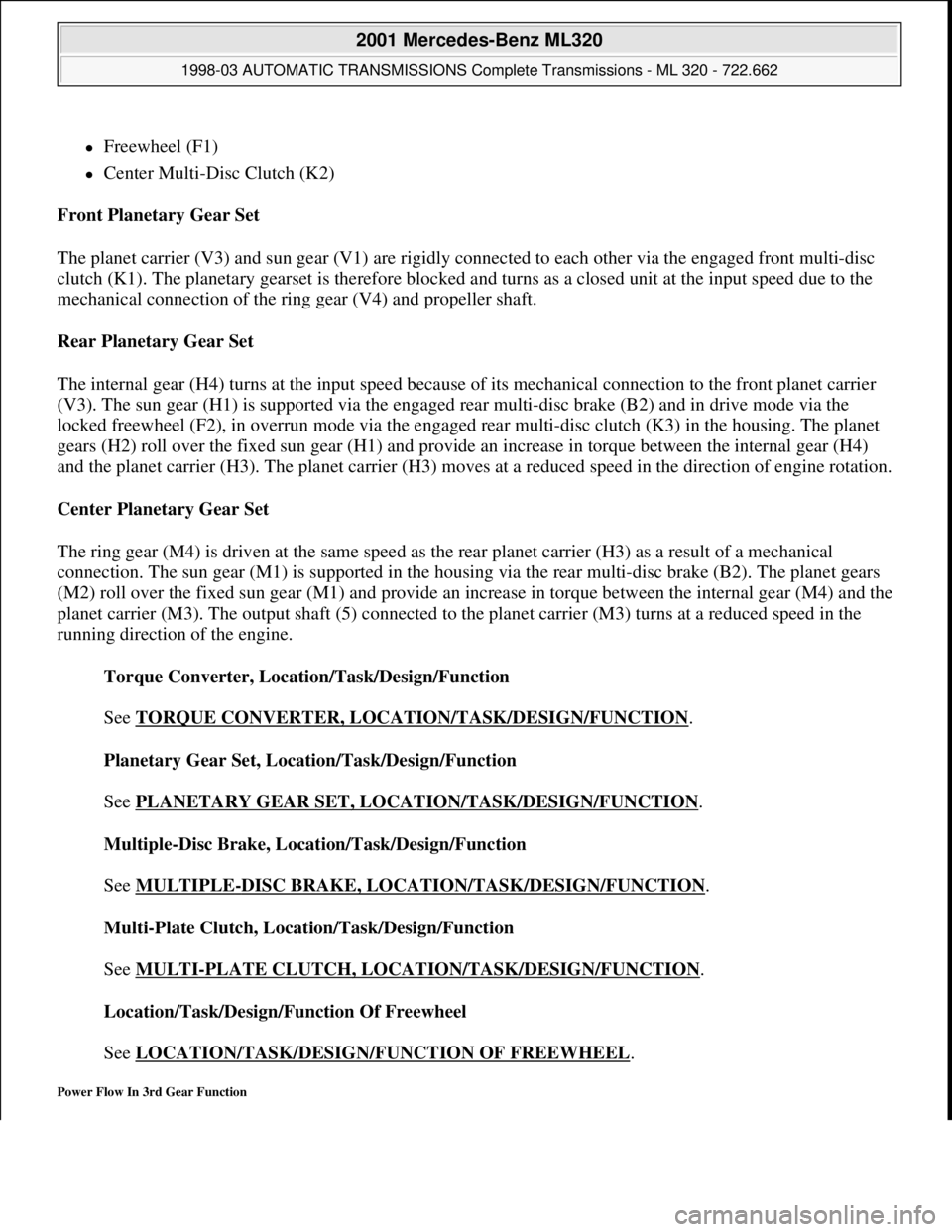
Freewheel (F1)
Center Multi-Disc Clutch (K2)
Front Planetary Gear Set
The planet carrier (V3) and sun gear (V1) are rigidly connected to each other via the engaged front multi-disc
clutch (K1). The planetary gearset is therefore blocked and turns as a closed unit at the input speed due to the
mechanical connection of the ring gear (V4) and propeller shaft.
Rear Planetary Gear Set
The internal gear (H4) turns at the input speed because of its mechanical connection to the front planet carrier
(V3). The sun gear (H1) is supported via the engaged rear multi-disc brake (B2) and in drive mode via the
locked freewheel (F2), in overrun mode via the engaged rear multi-disc clutch (K3) in the housing. The planet
gears (H2) roll over the fixed sun gear (H1) and provide an increase in torque between the internal gear (H4)
and the planet carrier (H3). The planet carrier (H3) moves at a reduced speed in the direction of engine rotation.
Center Planetary Gear Set
The ring gear (M4) is driven at the same speed as the rear planet carrier (H3) as a result of a mechanical
connection. The sun gear (M1) is supported in the housing via the rear multi-disc brake (B2). The planet gears
(M2) roll over the fixed sun gear (M1) and provide an increase in torque between the internal gear (M4) and the
planet carrier (M3). The output shaft (5) connected to the planet carrier (M3) turns at a reduced speed in the
running direction of the engine.
Torque Converter, Location/Task/Design/Function
See TORQUE CONVERTER, LOCATION/TASK/DESIGN/FUNCTION
.
Planetary Gear Set, Location/Task/Design/Function
See PLANETARY GEAR SET, LOCATION/TASK/DESIGN/FUNCTION
.
Multiple-Disc Brake, Location/Task/Design/Function
See MULTIPLE
-DISC BRAKE, LOCATION/TASK/DESIGN/FUNCTION.
Multi-Plate Clutch, Location/Task/Design/Function
See MULTI
-PLATE CLUTCH, LOCATION/TASK/DESIGN/FUNCTION.
Location/Task/Design/Function Of Freewheel
See LOCATION/TASK/DESIGN/FUNCTION OF FREEWHEEL
.
Power Flow In 3rd Gear Function
2001 Mercedes-Benz ML320
1998-03 AUTOMATIC TRANSMISSIONS Complete Transmissions - ML 320 - 722.662
me
Saturday, October 02, 2010 3:15:28 PMPage 215 © 2006 Mitchell Repair Information Company, LLC.
Page 1385 of 4133
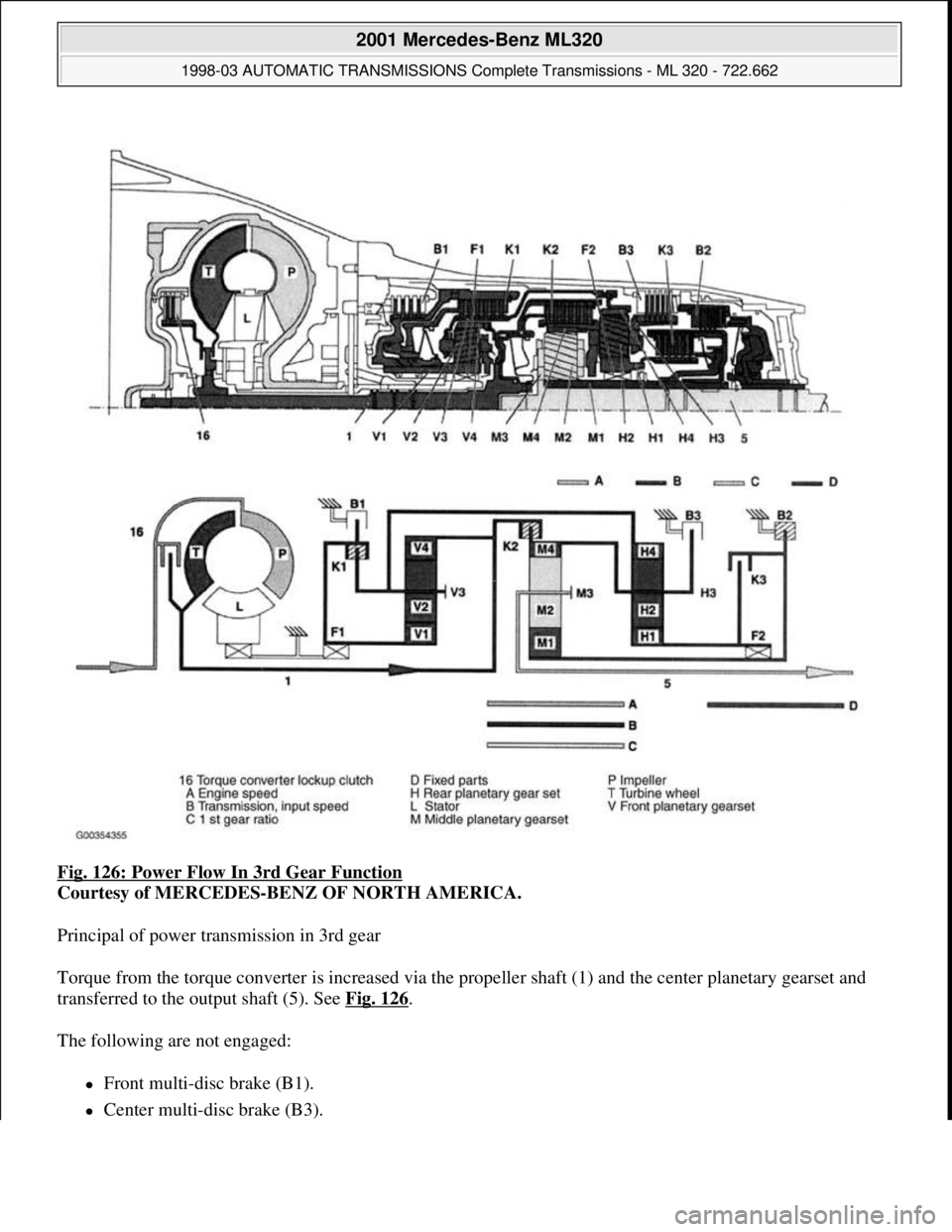
Fig. 126: Power Flow In 3rd Gear Function
Courtesy of MERCEDES-BENZ OF NORTH AMERICA.
Principal of power transmission in 3rd gear
Torque from the torque converter is increased via the propeller shaft (1) and the center planetary gearset and
transferred to the output shaft (5). See Fig. 126
.
The following are not engaged:
Front multi-disc brake (B1).
Center multi-disc brake (B3).
2001 Mercedes-Benz ML320
1998-03 AUTOMATIC TRANSMISSIONS Complete Transmissions - ML 320 - 722.662
me
Saturday, October 02, 2010 3:15:28 PMPage 216 © 2006 Mitchell Repair Information Company, LLC.